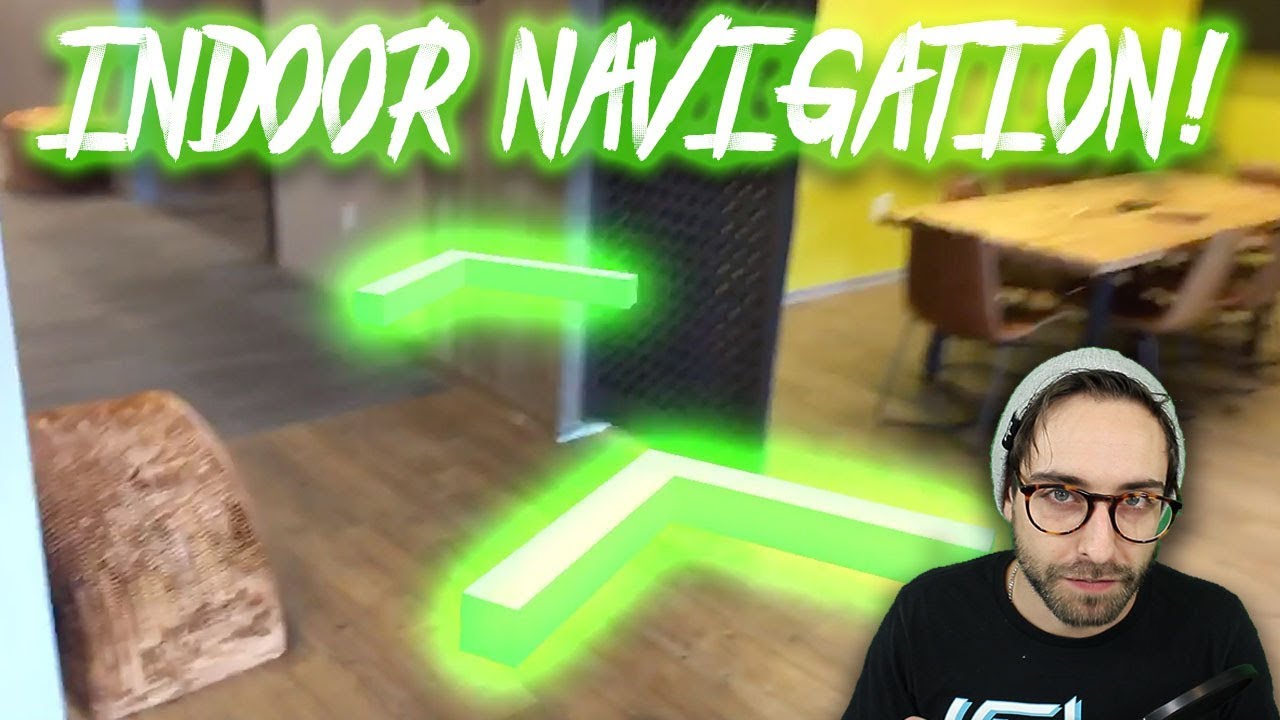CHESS MOVES DETECTION USING COMPUTER VISION ALGORITHM
Summary
TLDRIn this video, the creator discusses their project to develop a computer vision algorithm for detecting chess moves using a web camera. They explain the motivation behind automating chess move recording, the challenges faced, and their approach to solving the problem. The video covers the process of capturing images, extracting the chessboard, and using machine learning to differentiate between empty squares and those with pieces. The creator shares their prototype, which can detect moves in real-time, and invites feedback from the chess and software engineering communities.
Takeaways
- 😀 The video is about creating a computer vision algorithm to detect chess moves, which can eliminate the need for manual move recording and a chess clock.
- 🎥 The video uses a webcam to capture the chessboard and computer vision to detect the moves played on it.
- 🤖 The project is not the first of its kind, with early research dating back to 1997, but the video focuses on the creator's unique approach to solving the problem.
- 💡 The motivation behind the project is to reduce the effort of recording moves and to potentially replace expensive electronic chessboards used in professional settings.
- 👨💻 The creator is a software engineer with a background in machine learning, who has been working on this project in his free time.
- 📸 Camera position is crucial for accurately detecting the chessboard; a top-down view is preferred for easier detection.
- 🧩 The process involves breaking down the problem into five parts: handling the camera, extracting the chessboard, dividing the board into squares, detecting moves, and adding features like speech output.
- 🔍 The algorithm focuses on detecting whether a square is empty, has a white piece, or a black piece, rather than identifying the type of piece.
- 🤖 A machine learning model is used to classify the state of each square, trained with data from a single game of chess with data augmentation techniques.
- 💬 The video concludes with a request for feedback and suggestions to improve the project, and an offer to share the code with interested individuals.
Q & A
What is the main purpose of the video?
-The main purpose of the video is to demonstrate the process of creating a computer vision algorithm to detect chess moves, explain the challenges faced, and showcase the working solution.
Why is it important to detect chess moves?
-Detecting chess moves is important to eliminate the need for manual recording of moves and to potentially replace electronic chess boards and clocks, which can be expensive and are not accessible to everyone.
What is the significance of the year 1997 in the context of the video?
-The year 1997 is significant because it marks the beginning of early research on computer vision chess move detection, which is the same year the video creator was born.
What are the five different pieces the video creator breaks down the problem into?
-The five pieces are: handling the camera, extracting the chess board from the image, dividing the image into 64 distinct images, designing an algorithm to detect moves, and adding decorative features like speech output.
Why is camera position more important than resolution for this project?
-Camera position is more important than resolution because a top-down view is necessary to accurately detect the chess pieces on the board, and this can be achieved with a lower resolution camera if positioned correctly.
What is the role of the machine learning model in this project?
-The machine learning model is used to classify each square of the chessboard as empty, containing a white piece, or containing a black piece, which is crucial for detecting moves.
How does the video creator handle the issue of different chessboard types and environments?
-The video creator suggests playing a small game with a few moves on different chessboard types to retrain the model, allowing it to adapt and achieve accuracy in various environments.
What is the approach for training the machine learning model with limited data?
-The approach involves playing a single game of chess and capturing all images and moves, then using data augmentation techniques like rotating the images to create a robust training dataset.
How does the video creator plan to make the calibration process easier for users?
-The video creator is seeking suggestions to automate the calibration process, which currently requires manual input from users to identify the corners of the chessboard.
What additional features does the video creator mention for the chess move detection system?
-The video creator mentions features like displaying the chessboard on the screen, using text-to-speech to announce the moves, and implementing an undo move functionality.
Outlines

This section is available to paid users only. Please upgrade to access this part.
Upgrade NowMindmap

This section is available to paid users only. Please upgrade to access this part.
Upgrade NowKeywords

This section is available to paid users only. Please upgrade to access this part.
Upgrade NowHighlights

This section is available to paid users only. Please upgrade to access this part.
Upgrade NowTranscripts

This section is available to paid users only. Please upgrade to access this part.
Upgrade NowBrowse More Related Video

Coding INDOOR NAVIGATION with A* Pathfinding

Roboflow 6 Minute Intro | Build a Coin Counter with Computer Vision

ESP32 CAM Face Detection Door Lock System

Deepfake Detection Project using LSTM and ResNext CNN

I coded one project EVERY WEEK for a YEAR

How to Get Started with Computer Vision - Beginner to Advanced Roadmap
5.0 / 5 (0 votes)